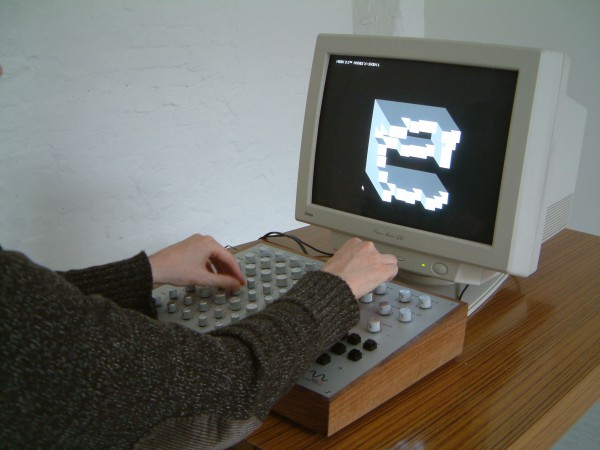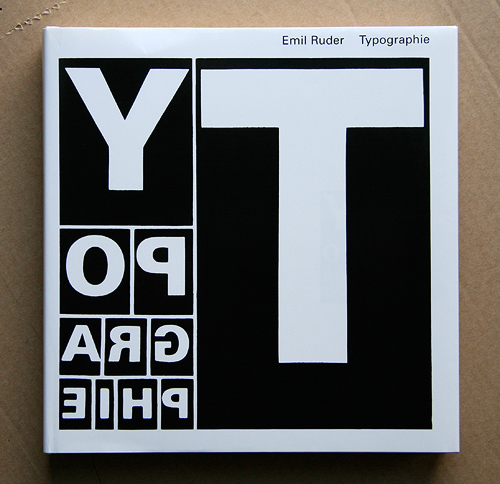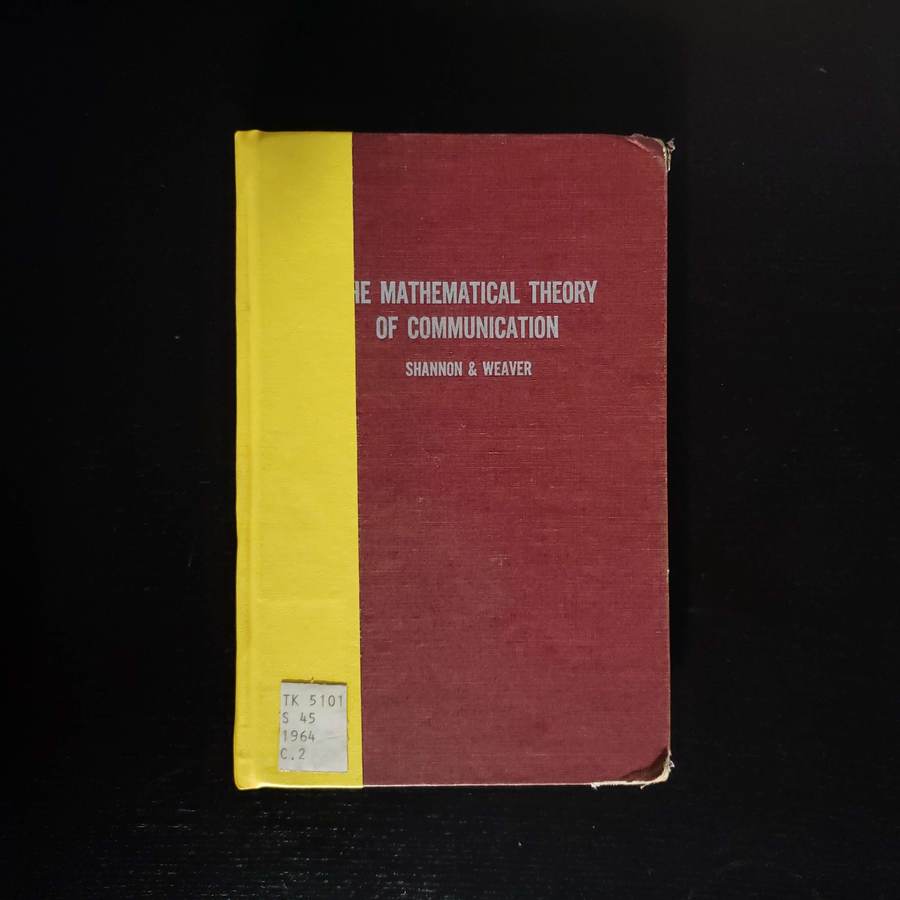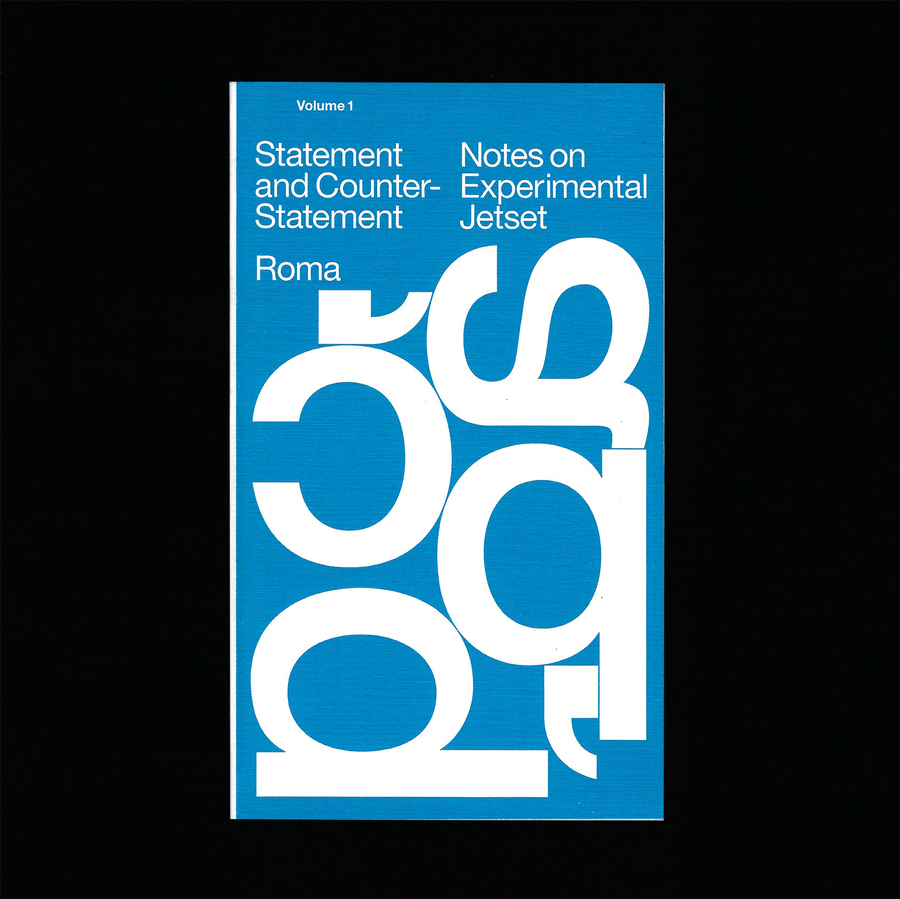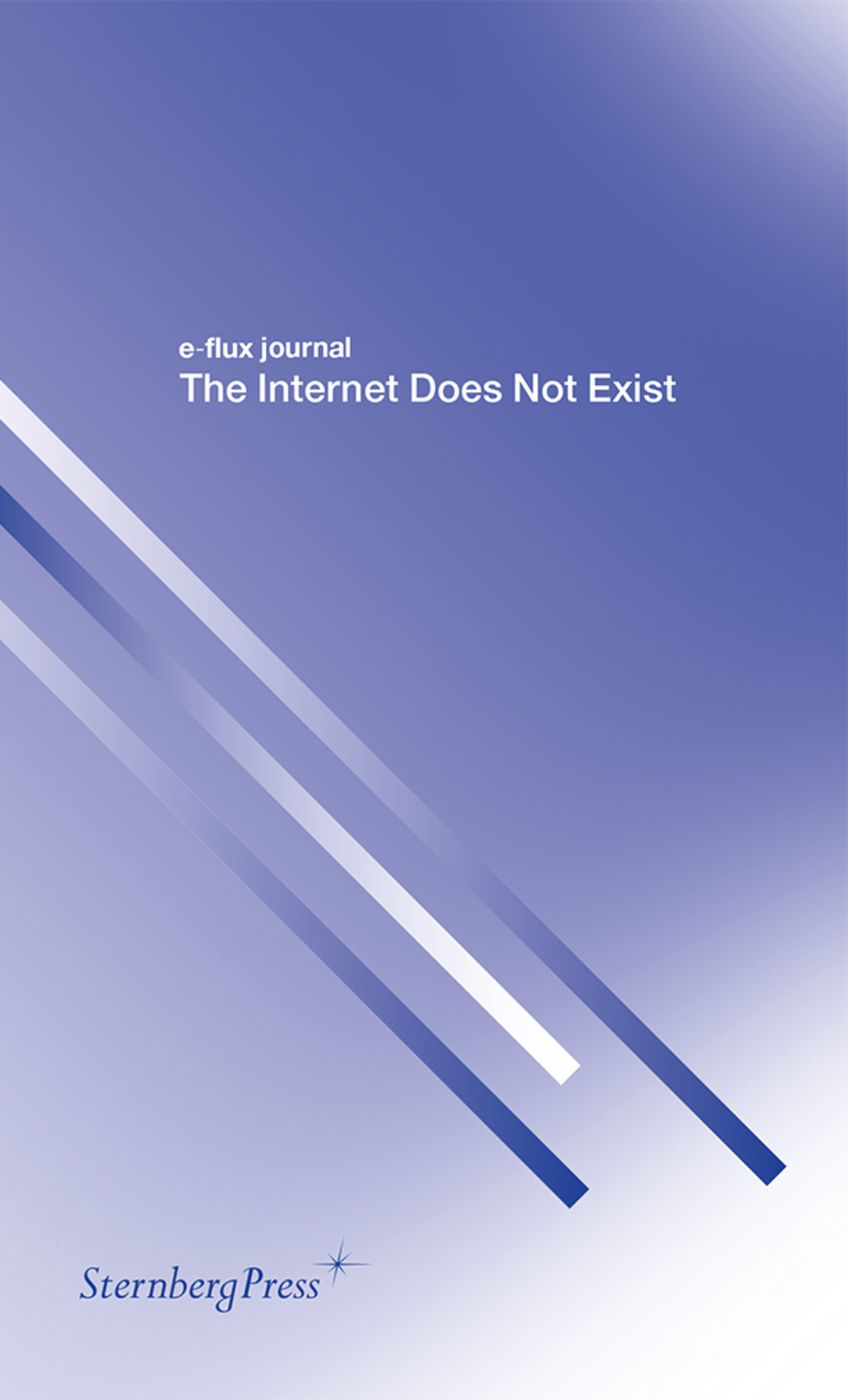week 1Summer–August 30

— PEOPLE Berlin 2018 website with scroll animation
— Typographie cover, Emil Ruder. Hierarchy.
PEOPLE music gathering and website: “Music is for everyone.” A non-hierarchical, non-commercial digital space for artists (mostly musicians) to upload and update unfinished work. Includes some background information on when and where the pieces started.
Note the language: people instead of solo artists, projects instead of bands—reflects the in-progress work (or past sketches) but also the ideology of PEOPLE.
Also note the typography: monospace and all caps of PEOPLE representing equality.
The gathering itself is unscheduled and spontaneous “performances” consist of in-progress work developed during the gathering.
More insight in TCI interviews:
“You look at our capitalist society and people who are so enthralled with themselves and their own stories because they’re afraid to die. They’re afraid to stop expanding … You don’t need to expand, you don’t need to become Walmart.”
— Bon Iver
Recent Contributions to the Mathematical Theory of Communication — Warren Weaver (the first article in the book to the left): About “information,” i.e., freedom of choice, i.e. entropy, i.e. uncertainty. One notable idea is that explanations are approximations. Applying that to design, English (or any linguistic language) is a means to understand and talk about design. But design itself is a separate language that does not operate the same as English.
Translating across forms adds noise that colors and alters the original message. There is no 1-to-1.
Pixel ≠ Atom

— Interface by Moonassi
10,000 Original Copies: Kris Sowersby argues that every interpretation of a preceding typeface is an iteration upon an idea that moves it forward and situates it in today’s world. Type design is a gradual improvement, moving at the pace of culture and the market. Originality is a false goal. New technologies expand the possible uses of a typeface, but the forms themselves are simply shapes. How is authorship present in type design? What makes a typeface more than a forgery? How is it different from Mona Lisa duplicates?
Typefaces aren’t merely facsimiles: well-done ones reflect the designer’s ideologies, their knowledge of history, and their craftsmanship.
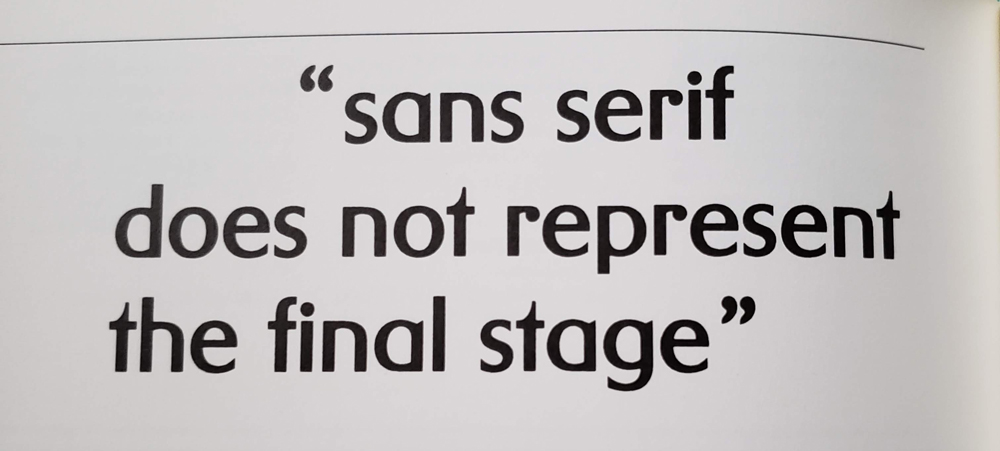
— pg. 110, quoting Karl Gerstner, set in Gerstner Original
Idea Document: On the Shoulders of Giants: Notable problem is that this features mostly white European guys. But that goes for most type design books. Insightful nonetheless. Learned about Gernster’s font that intends to synthesize serif and sans, as well as André Ballinger’s Newut Tip, which is “an attempt to create a new universal typeface.“
“German texts always had a more ragged grayscale than the Latinate or Anglo-Saxon texts due to many capitalised words. When looking at the German immediately next to the other languages, it always draws slightly more attention visually.” (All nouns in German are capitalized.) Baldinger, (IDEA Document: On the Shoulders of Giants, pg. 104).
The dots stand in for accent marks. Since words are understood in context, the dots work.

David Berlow on emojis: Berlow talks about how monolinear sans serifs are neutral in their ubiquity across textual communication. Emojis carry expression now. The contrast keeps getting revved up: original black and white emoticons evolving into full color mini-illustrations. Emojis are an interesting development in written communication…
— Nordvest by Nina Stössinger, a text typeface with heavier horizontals
Constrasting with Convention — Nina Stössinger: Isolating verticals and horizontals. Difference between convention and truth. One of the first moments of Nordvest’s basis also came from Nina “misusing” a pointed pen.
Is a result from “incorrectly” using a tool invalid if it does not follow convention or the tool’s original intent?
— Tool controlling designer vs. designer controlling tool
“Disturbingly commonplace”
Statement & Counter-Statement: Notes on Experimental Jetset: A lot of quotes and questions pulled from this… Experimental Jetset represents what it means to speak a language and adhere to an ideology. They also consider all work personal; the dichotomy of client work and personal work does not exist for them. They’re also willing to try writing and expressing opinion, even if it doesn’t come out quite right.
“Remember. Growth is only possible as a product of history. Without memory, innovation is merely novelty. History gives growth a direction. But a memory is never perfect. Every memory is a degraded or composite image of a previous moment or event. That’s what makes us aware of its quality as a past and not a present. It means that every memory is new, a partial construct different from its source, and, as such, a potential for growth itself.”
— Bruce Mau, An Incomplete Manifesto for Growth
The Internet Does Not Exist (a collection of e-flux essays): The internet is 100% man-made. There is no nature. What are we constructing in this “endless” space? How much more trash are we creating? What’s being destroyed or abandoned? Do these vacancies matter? Is constantly moving to new locations disruptive? Are text-based communities real?
The internet does not exist separately. It is part of life; it cannot be ignored. It is an extension of man. The Internet with capital I does not exist. Only things exist on the thing we refer to as the internet: the seemingly boundless world inside boxed machines. But the internet is still bounded by country, language, culture, government—the same things that bound the physical world.
The world and “internet” are the same entity. The world has just expanded into another dimension.
Space for People, Not Cars — Viveka van de Vliet (Works That Work): Removal of explicit rules to raise awareness of surroundings.
“It is now easier for us to imagine the end of the world than an alternative to capitalism.”
— Dunne & Raby, Speculative Everything
Do You Want Typography or Do You Want The Truth? — Erik Carter:
How can we increase knowledge consumption without conflating material consumption? Can you be effective while ignoring “the market”?
Working within the system vs. working in direct opposition to the system vs. creating a new system :: following the rules vs. breaking the rules vs. making the rules.
St. Vincent Is the 21st Century’s Guitar Vanguard — Sasha Geffen (NPR):
“Thinking of [the] guitar as a peer and not a tool.”
Coincides with the thought of using code as a language, a form of thinking and communicating and not just a tool rather for efficiency. Not only using the computer, but collaborating with it. Specifying code even more, what can you do in browser that you can’t do in Python? Or, how can browser restrictions influence a design?
“Forget the glass ceiling. Inside a St. Vincent song, you don’t even know where the floor is.” Unexpected, poetic moments vs. novel animations.
The Gutenberg Galaxy: The Making of Typographic Man — Marshall McCluhan
“By the same process whereby he spins language out of his own being, he ensnares himself in it; and each language draws a magic circle round the people to which it belongs, a circle from which there is no escape save by stepping out of it into another.”
— Wilhelm von Humboldt
Learning different languages—linguistic, visual, etc.—enables comparison to one’s defaults (more perspective).
“By the meaningless sign linked to the meaningless sound we have built the shape and meaning of Western man.”
— Marshall McCluhan
The alphabet is completely abstract, yet it’s the reason why anything is possible at all.
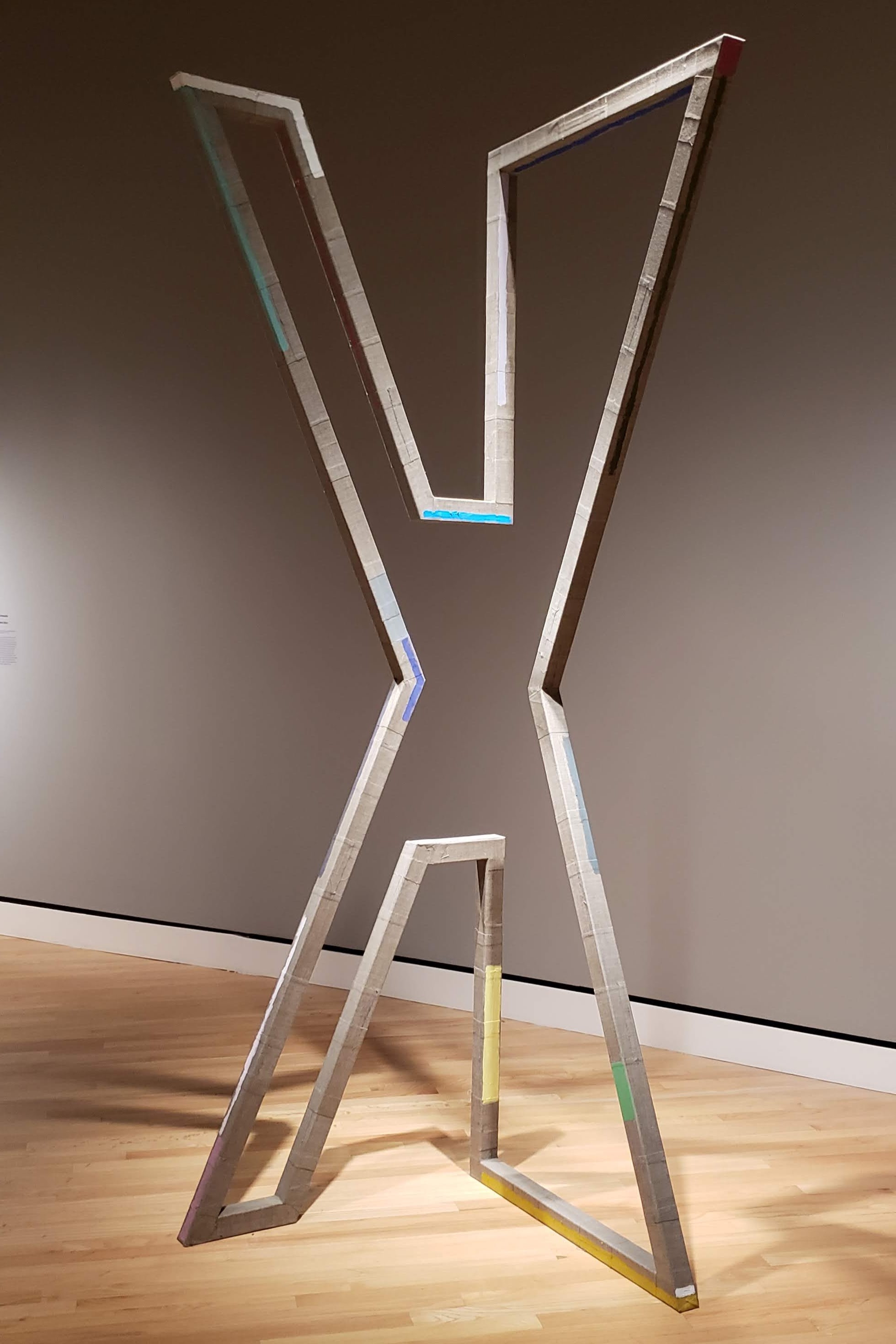
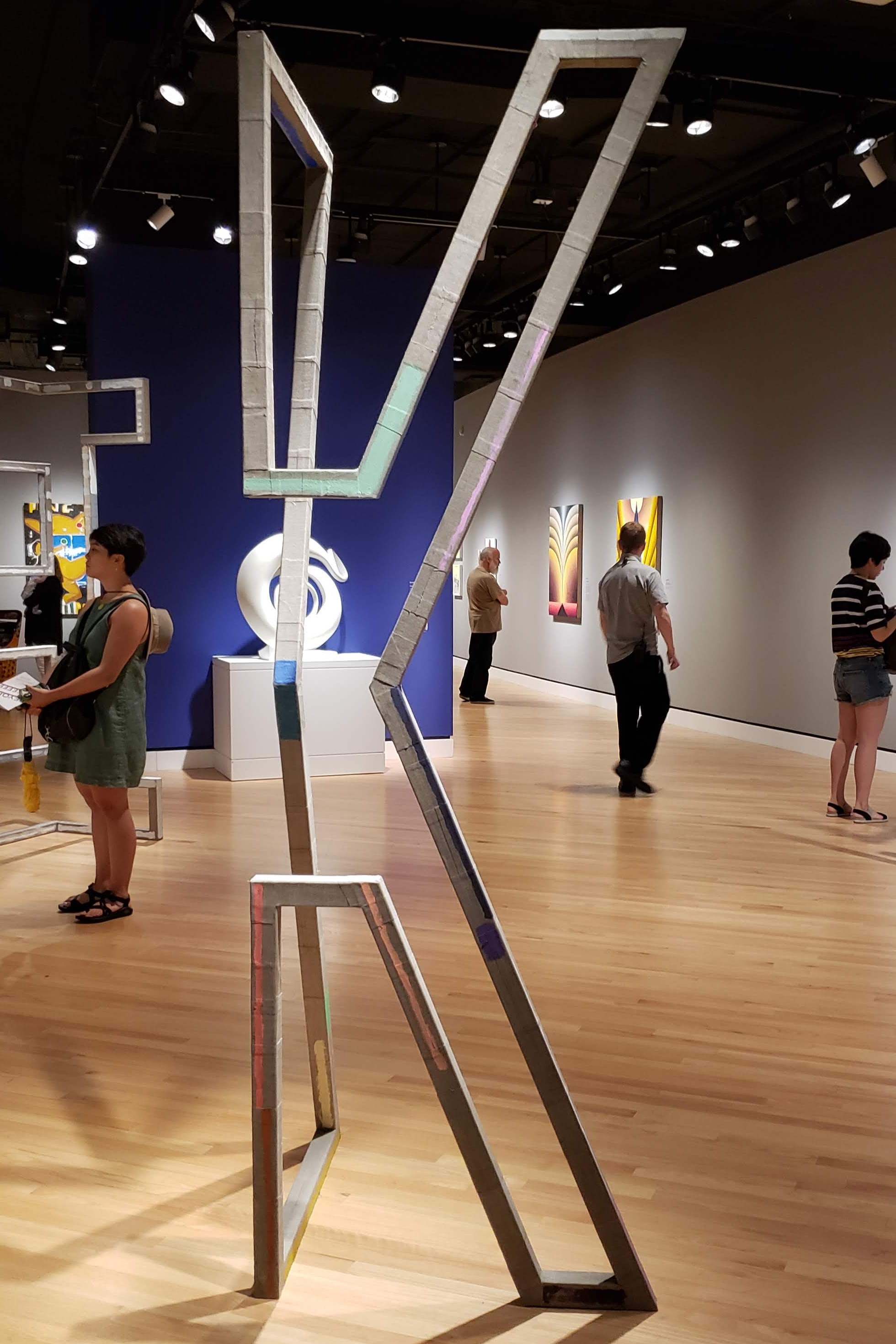
— “Extend” by Molly Larkey at Crystal Bridges.
Same sculpture, different perspectives. I see an X/K. Could also be seen as 2D/3D, drawing/architecture as Larkey suggests. What does interpretation reveal about the biases of the viewer?
How to Say “Crunch” in Portuguese — Rob Stenson : OH no Type Co. interviews an audio software developer and programmer.
Notable sites found via hoverstat.es: Avara, Automatic Type Design, You say potato, I say fuck you, Department of New Realities, justtypestuff.com.
